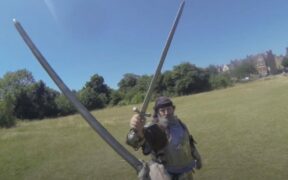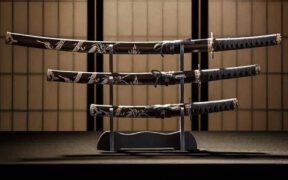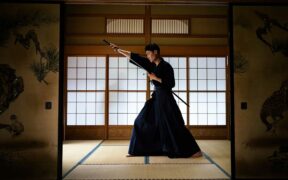Our content features commercial links to our products, committed to transparent, unbiased, and informed editorial recommendations. Learn More
Japanese Sword Stances: 10 Basic Kamae for Beginner Samurais
NO AI USED This Article has been written and edited by our team with no help of the AI
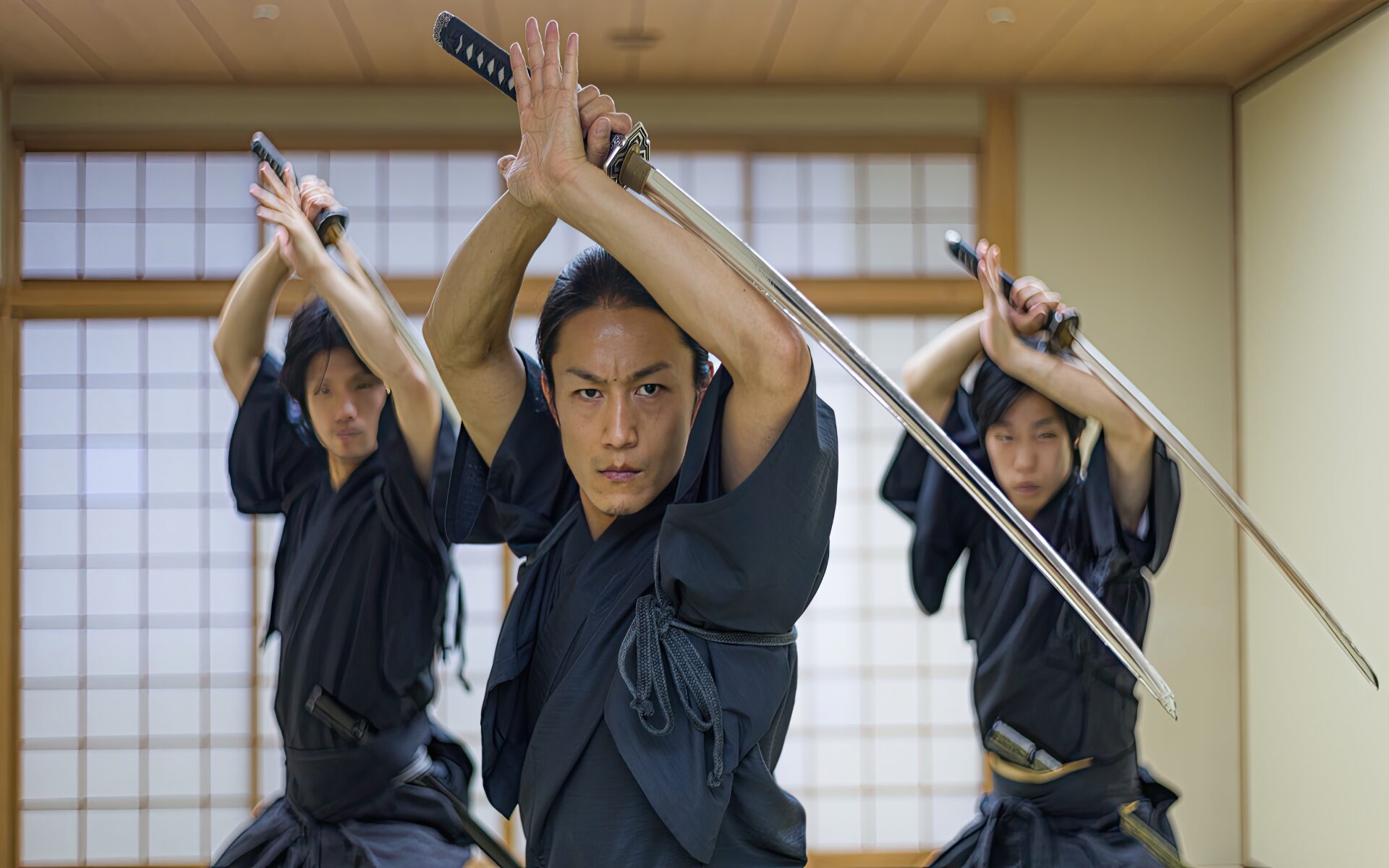
In Japanese swordsmanship, the dance of blades isn’t simply about fighting, but also an art form steeped in history and philosophy. Central to this is the Kamae (Japanese sword stances) which are both a martial strategy and spiritual discipline utilized by the samurai.
Although seemingly complicated, there are basic stances that form the core movements in Kamae. In this article, we delve into how Japanese sword stances are utilized in both past and present as well as the 10 basic stances for a beginner to start out with.
Japanese Sword Stances – Kamae
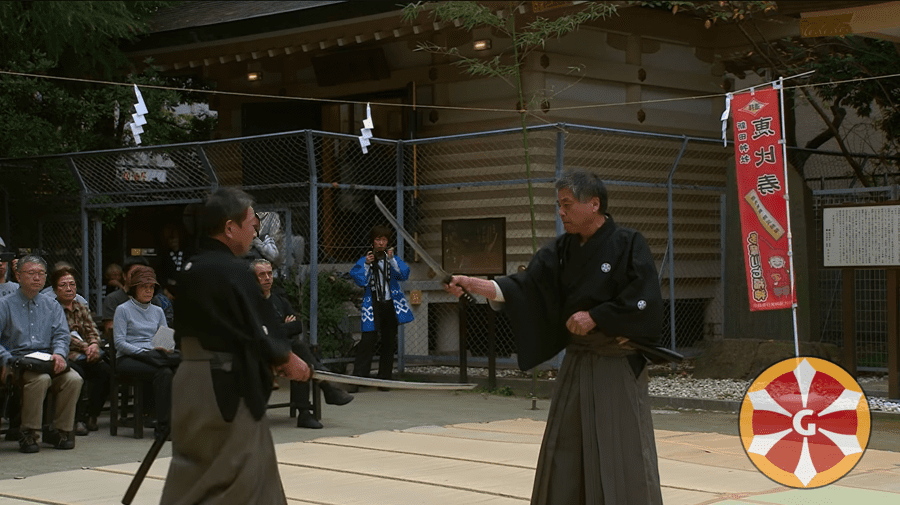
Kenjutsu (Japanese swordsmanship) is intrinsically linked to the country’s samurai heritage, where various stances, known as “Kamae,” played a vital role in warfare. Each stance provides a unique combination of offense, defense, and strategic possibilities. From battles in armor to peaceful eras, the evolution of these stances encapsulates Japan’s historical shifts.
These Kamae can be done with most of the samurai swords, whether it is a traditional one-handed Wakizashi or a two-handed Katana and Tachi. They are frequent and honed in Japanese martial arts such as Kendo, Iaido, Aikido, Karate and Bujinkan.
Today, Kamae plays a role in self-defense and spiritual practice, resonating with Japan’s deep spiritual philosophy. Each Kamae transcends its physical form, becoming a symbolic testament to Japan’s profound philosophical beliefs. While their names might differ, their significance remains, serving as portals to understanding the intricate mosaic of Japan’s martial and philosophical evolution.
List of Kamae Stances
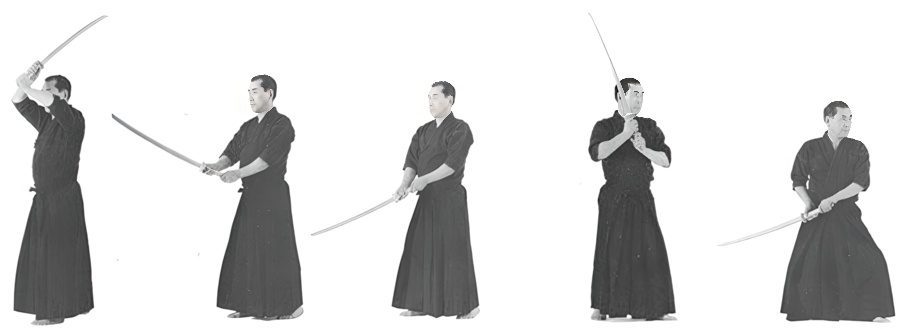
There are many variations of holding a Japanese sword in a Kamae stance before the execution of a kata (strike). Practitioners can be trained in a dojo under the supervision of a black belt sensei or simply in a backyard. For beginners, it is advisable to use training swords such as a Bokken.
Here are the five general Katana stances frequently used in many Japanese martial arts schools, especially Kendo which is based on 5 different elements.
- Waki Gamae
- Jōdan-no-kamae
- Hasso-no-Kamae
- Gedan-no-Kamae
- Chudan-no-Kamae
Kamae stances are commonly used in Japanese swordsmanship training as they can be repeated to execute a better samurai strike during a tameshigiri or help in a reenactment sparring or sword-fighting battle.
1. Waki-Gamae
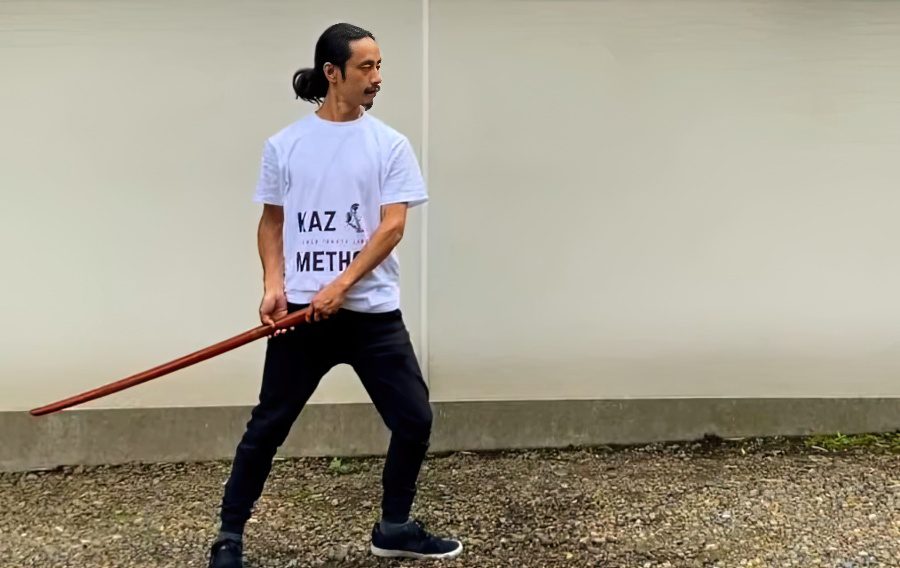
In the Waki-Gamae stance, the left shoulder is left unprotected and revealed so that the enemy will be inclined to attack. The sword is held at a 45-degree angle facing the ground, below the waist with the blade’s edge turned toward the enemy. With both legs slightly bent, the left foot faces forward while the right foot is at a 45-degree angle.
While this might be seen as a weakness, it is an excellent defensive position and allows for a speedy counterattack that must be supported with fast footwork. It is one of the most frequent stances taught in Katana training and one of the harder ways to execute a Tameshigiri.
2. Jōdan-no-Kamae
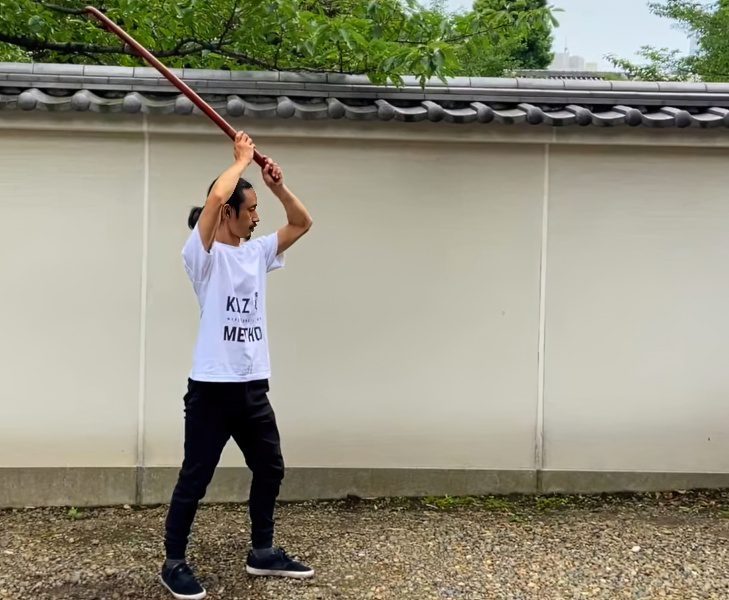
In the Jodan-no-Kamae stance, the left-hand should be above the left eye and about a fist’s distance from the forehead. The left foot points forward while the right foot and body is angled at 45-degrees.
This is a stance where the sword is held above the head to allow versatile strikes. The blade can be used to slash down directly or toward the sides thanks to the placement of the feet. If in this same Hidari Jodan stance, the right foot is forward, it is called a Migi-Jodan instead. This is also how the martial artist walks during this stance.
3. Hasso-no-Kamae
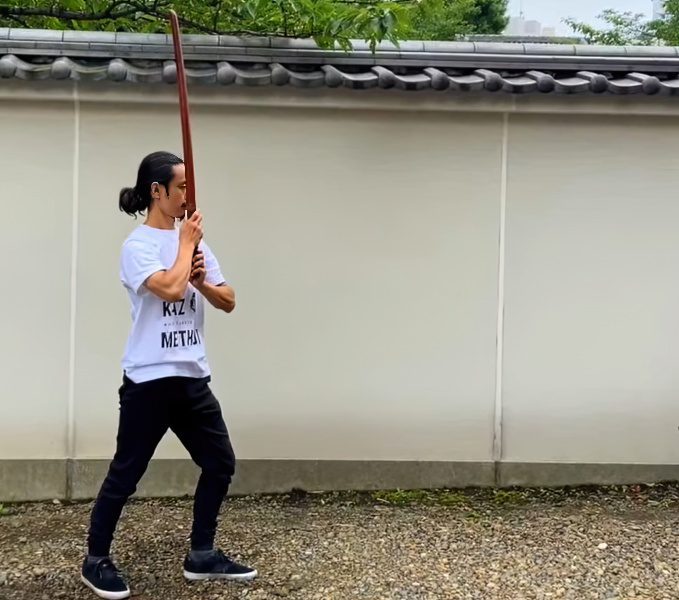
The Tsuba (handguard) is at the height of one’s mouth. The left shoulder is turned toward the opponent or where a strike is to be executed. The handle is held with both hands and the blade is at a 90-degree angle pointing skywards.
The left foot should be pointing forward and kept straight, while the right foot is at a 45-degree angle. Both of the legs are slightly bent so they can be extended, resulting in a faster and more powerful strike. If this stance is done on the opposite side while moving forward, it is called a Hidari-Hasso.
4. Gedan-no-Kamae
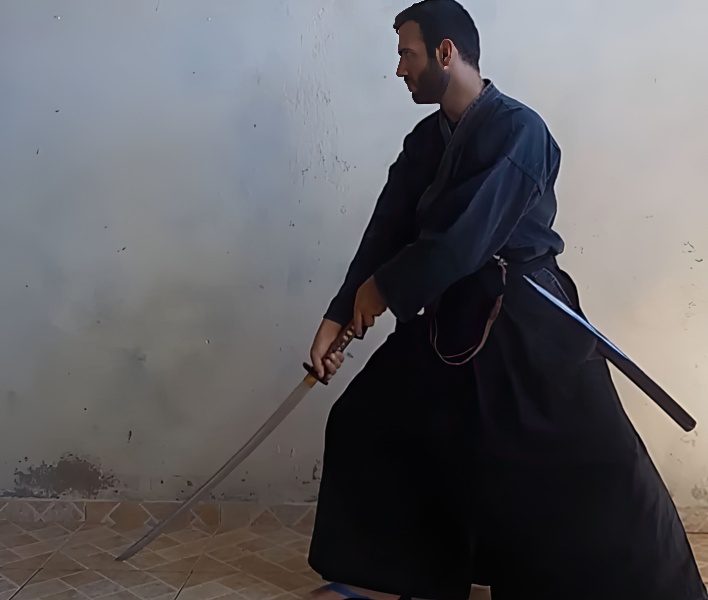
With the right hand under the sword guard, the left hand is placed behind the right. The blade faces downwards, but pointed at the enemy’s lower half of the body. This stance can be used when one is trying to hide their sword before a strike.
Both feet are kept straight with the right foot forward. While moving along in the Gedan no Kamae stance, the left foot can be positioned at a 45-degree angle, so that it allows the possibility of different types of footwork that might be necessary during the battle. This popular stance allows for versatile strikes from a lower position, increasing the likelihood of surprising the opponent.
5. Chudan-no-Kamae
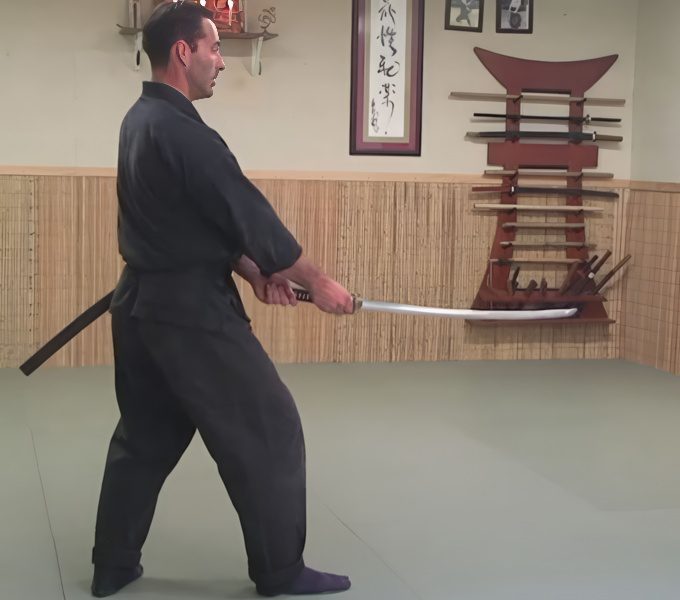
Chudan no Kamae is the central sword stance that allows the practitioner to move into other Japanese sword stances. In this stance, the sword is held with both hands and points directly at the opponent’s central point. With the right foot forward and straight, the left one is placed at a 45-degree angle.
This middle-level posture requires the shoulders and hands to be relaxed as this stance is versatile and the martial artist should be able to quickly switch into another stance if necessary. If the blade points at the enemy’s eyes, it is called a Seigan-no-Kamae.
6. On-Ken
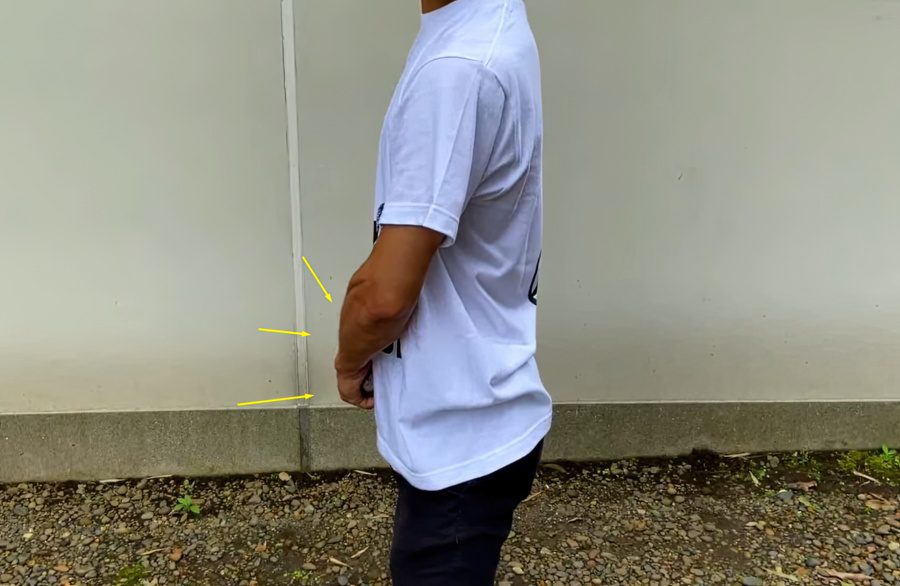
In this stance, the sword is hidden behind the martial artist while the left shoulder faces the enemy. This prevents the opponent from calculating the distance between the blade and them. The left hand holds the sword tightly while the right hand has a loose grip, giving one the versatility of striking in various directions.
With the sword held at a 45-degree angle behind the practitioner, the left foot is pointed forward toward the enemy, while the right foot is placed at a 45 or 90-degree angle. This is an excellent position where one can move slowly while keeping the blade hidden.
7. Koncho-no-Kamae
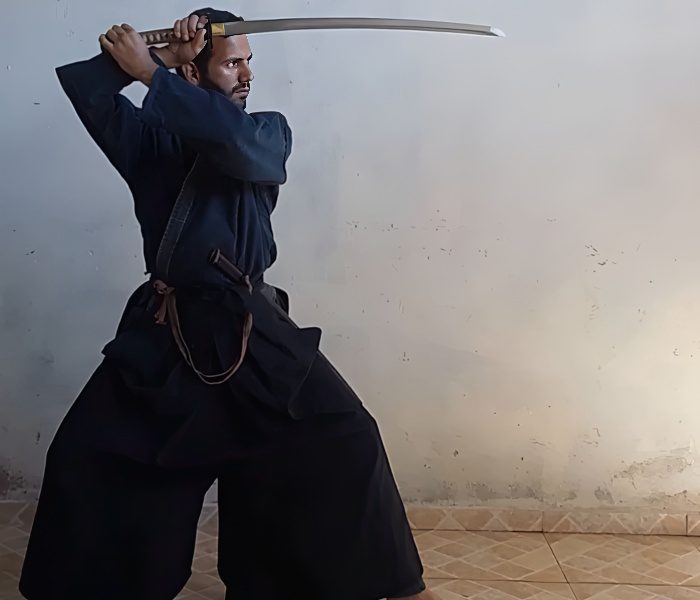
For Koncho no Kamae, both hands cross each other with the right one holding the sword below the tsuba while the left at the pommel as depicted in the image above. The blade is held above the user’s eye line in a straight position while facing the enemy. The legs are bent at a 45-degree angle, allowing the stance to be flexible enough to deal with multiple enemies.
The Koncho no Kamae stance is a tight yet loose two-handed stance. While this may seem contradictory, this allows the stance to be stable while being flexible enough to strike in any direction. It is a defensive and intimidating stance that can result in a successful counterattack.
8. Kasumi-no-Kamae
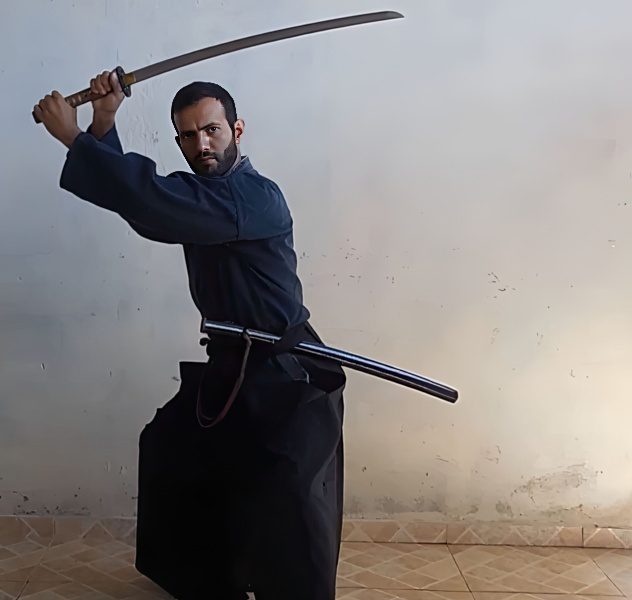
The Kasumi no Kamae stance requires the legs to be strongly bent and the body posture held at a lowered position. The sword is held strongly with stiff hands above the user’s head while the blade’s edge faces the opponent.
This is a slightly more advanced Japanese sword stance that allows a strong counter-attack and parry. In this stance, excellent footwork is required so one can dodge or block an attack before quickly changing into another stance to effectively land a strike.
9. Tosui-no-Kamae
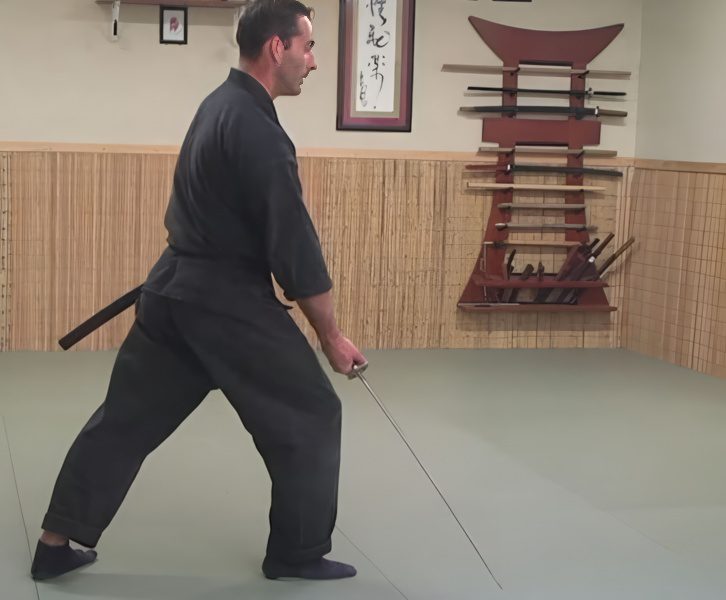
Otherwise known as the “Water Ridge Posture, the Tosui no Kamae involves the martial artist to keep their shoulders and torso open with the blade held under the waist. The blade’s tip points toward the ground and the sword can be turned in either direction.
Keeping the right foot straight and forward, the left foot is turned to a 45-degree angle. Depending on the situation, the blade’s edge can be turned inwards or outwards.This Japanese sword stance is open and invites the enemy to attack. Although fairly risky, the Tosui no Kamae allows for powerful offensive strikes that will surprise the enemy.
10. Ichi-no-Kamae
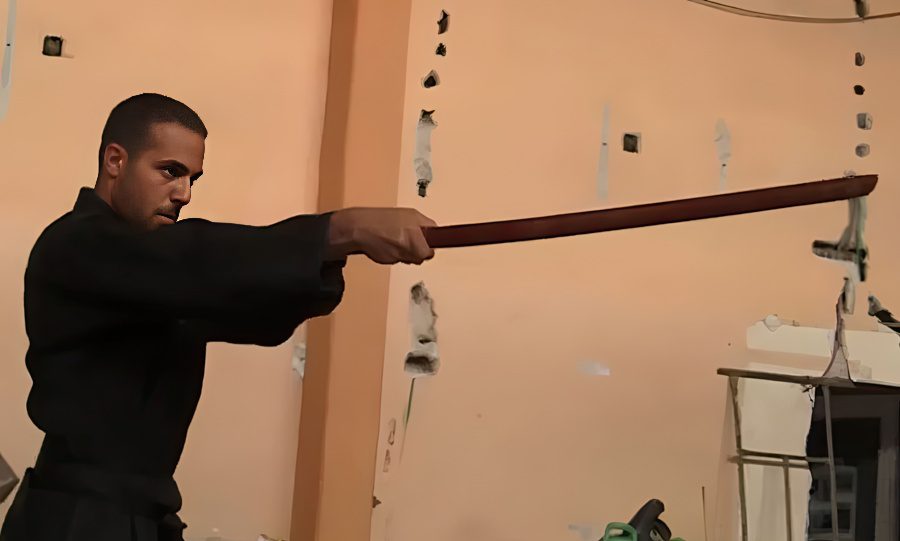
In the Ichi no Kamae stance, both hands hold the blade straight, pointing at the neck of the opponent. Like the blade, the right foot is in front and forward facing, while the left foot is placed at a 45-degree angle.
The Ichi no Kamae stance is used to secure, maintain, and measure the distance between the target and the samurai. While it is not often used in actual battle, it is an important stance that helps to effectively utilize all the previous stances by having a rough estimate of how far to strike and the safe distance to dodge an attack.
Switching Stances – Shonen Sozoku
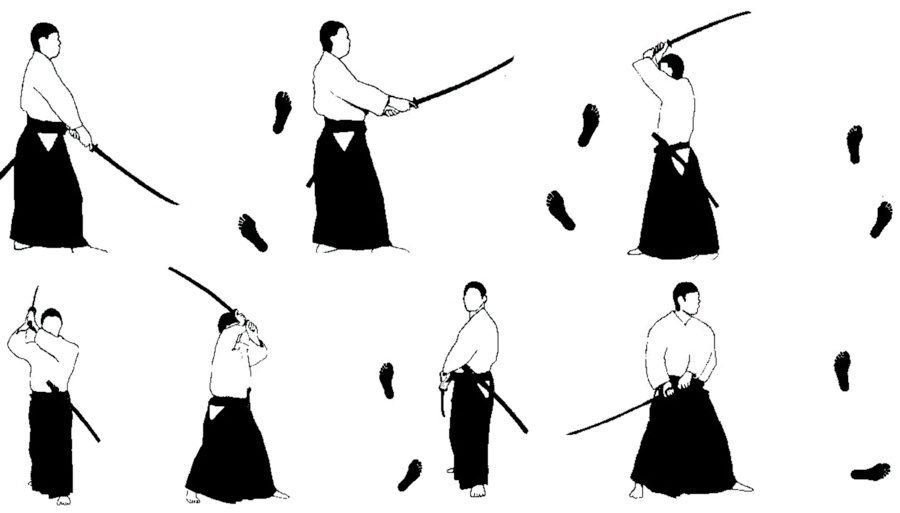
With time and practice, the stances will be perfected while movements to switch between the different positions will be smoother, faster, and better coordinated. These movements used to switch between the different stances is known as Shonen Sozoku in Japanese martial arts. It represents the level and skill of a samurai.
While it may seem simple, these movements require controlled breathing and precise placement of the feet, arms, and sword at an angle where the body and the mind are in harmony. This ensures that the martial artist is ready to quickly strike, parry, dodge, or counter-attack.
Rather than a physical training routine, the Shonen Sozoku is geared towards psychological training, following the instructions of Miyamoto Musashi in “The Book of Five Rings”.
